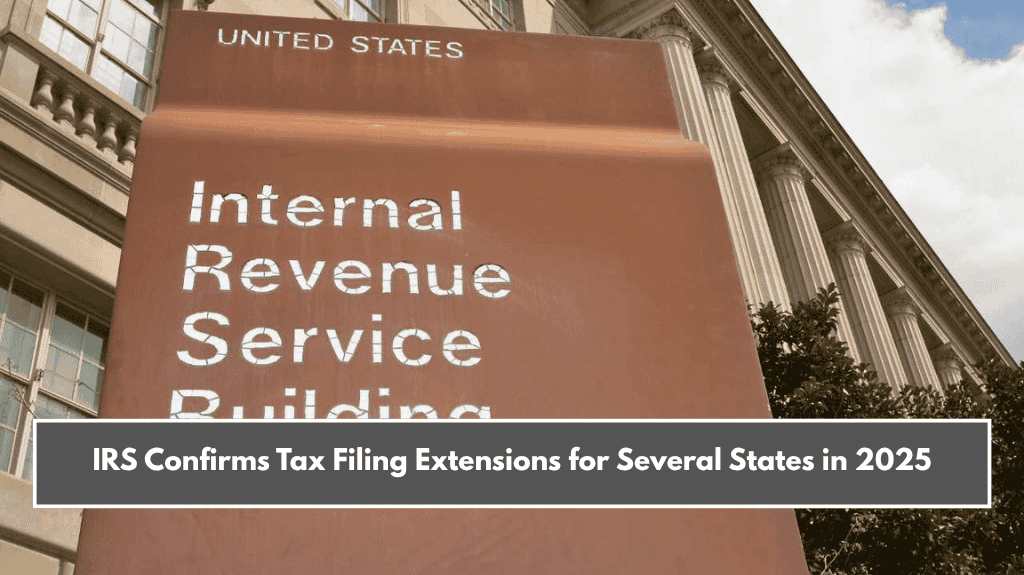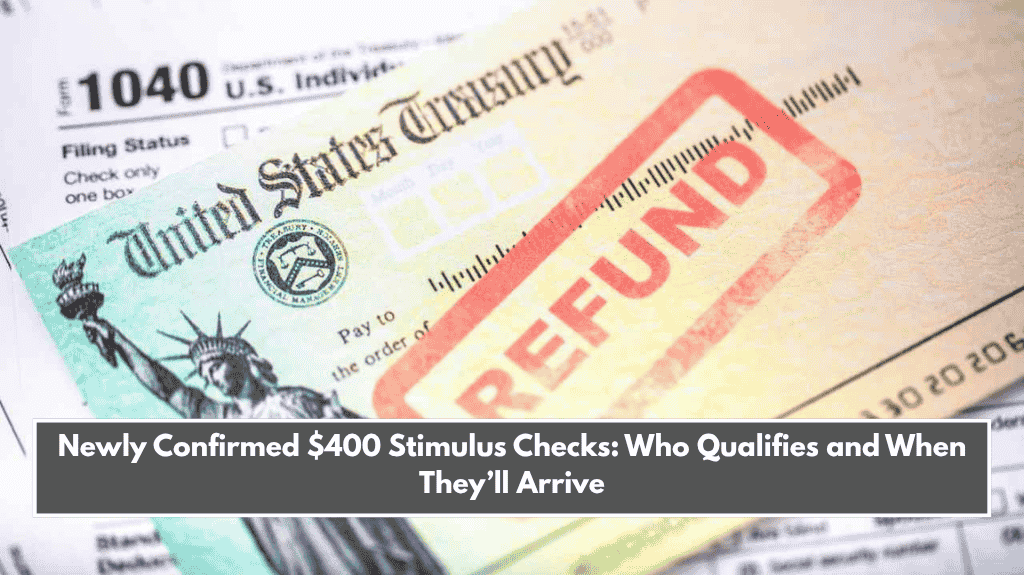Raising children is expensive, and governments often try to help families with tax support. In the United States, one such help is the Child Tax Credit (CTC). And recently, $3,600 has become the number everyone is talking about. If you’re a parent or planning your finances, this credit could make a huge difference to your budget.
So, who gets this $3,600? How does it work? And why does it matter so much? Let’s understand everything in simple language.
What Is the Child Tax Credit?
The Child Tax Credit is a benefit from the U.S. government to support families with children. It helps reduce the taxes families need to pay and sometimes even gives them money back in the form of a refund.
In 2021, this credit was temporarily expanded under the American Rescue Plan to offer up to $3,600 per child under 6 years old. For older children (under 17), families received a bit less—up to $3,000 per child.
Key Points of the $3,600 Child Tax Credit
| Feature | Details |
|---|---|
| Credit Amount | $3,600 per child under 6 years old |
| Eligibility | Child must be under 6, live with you for over half the year, and be your dependent |
| Income Limits | Full credit for single parents earning up to $75,000, couples up to $150,000 |
| Refundable Credit | Families receive money even if they owe no taxes |
| Deadline | Based on the tax year—must file income tax return to claim |
Who Is Eligible for $3,600?
Not all families qualify for the full $3,600. Here are the key conditions:
Age of Child:
Child must be under 6 years old for the $3,600. For older children (under 17), the standard amount applies.
Dependent Status:
Child must be listed as a dependent on your tax return. This means you provide for them financially.
Residency:
Child must have lived with you for at least 6 months of the year.
Identification:
Child must have a valid Social Security Number for work.
Income Limits:
You get the full amount if:
- You’re a single filer earning up to $75,000
- You’re married filing jointly earning up to $150,000
After these limits, the benefit reduces slowly (called a phase-out).
Refundable Feature:
Even if you don’t owe any tax, you can still get the money as a refund. This is great news for low-income families.

Real-Life Examples to Understand
Example 1 – Single Mom Maria
Maria has a 4-year-old daughter and earns $60,000.
She qualifies for the full $3,600, which helps with her daughter’s school supplies and groceries.
Example 2 – Married Couple John & Lisa
John and Lisa have a 5-year-old and earn $140,000 together.
They also get the full credit, reducing their tax and giving them extra refund money.
Example 3 – High-Income Family
A family with two kids earns $180,000.
They won’t get the full $3,600 but will still receive partial support, lowering their taxes.
How Has It Helped Families?
The 2021 expansion of the credit helped reduce child poverty by 26%. It gave real cash support to families during a time of high prices and job losses. According to studies by Columbia University, it lifted millions of children out of poverty.
What’s Next for the Child Tax Credit?
Some people believe this credit should become permanent. Others worry about its cost and say the government should set limits. Policymakers are still debating whether to bring back the expanded credit or go back to the previous $2,000 credit.
If made permanent, the credit could continue to help families with food, rent, and school needs.
How to Claim the Child Tax Credit?
Here’s how parents can claim it:
Step 1: Gather documents
You need your W-2s or 1099 forms, the child’s Social Security Number, and proof of residency.
Step 2: Fill tax return
Use Form 1040 and attach Schedule 8812 to calculate the credit.
Step 3: File your return
Prefer e-filing for faster results.
Step 4: Track your refund
Use the IRS website’s “Where’s My Refund” tool. Choose direct deposit to get the money faster.
Financial Tips for Families
If you’re a parent or advisor, here’s some practical advice:
- Plan for education and childcare: Use the credit money wisely for your child’s growth.
- Keep track of changes: Tax laws may change each year.
- Use safe resources: Always check the official IRS website for updates.
The $3,600 Child Tax Credit is more than just a tax break—it’s real help for families who are struggling with rising prices and everyday costs. Whether you’re a single parent or a dual-income household, knowing how the credit works and claiming it properly can bring you much-needed relief.
While this higher credit was temporary, discussions are ongoing about bringing it back. Until then, being informed is the best way to take full advantage of what’s available.















